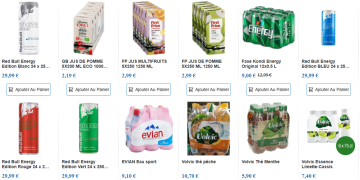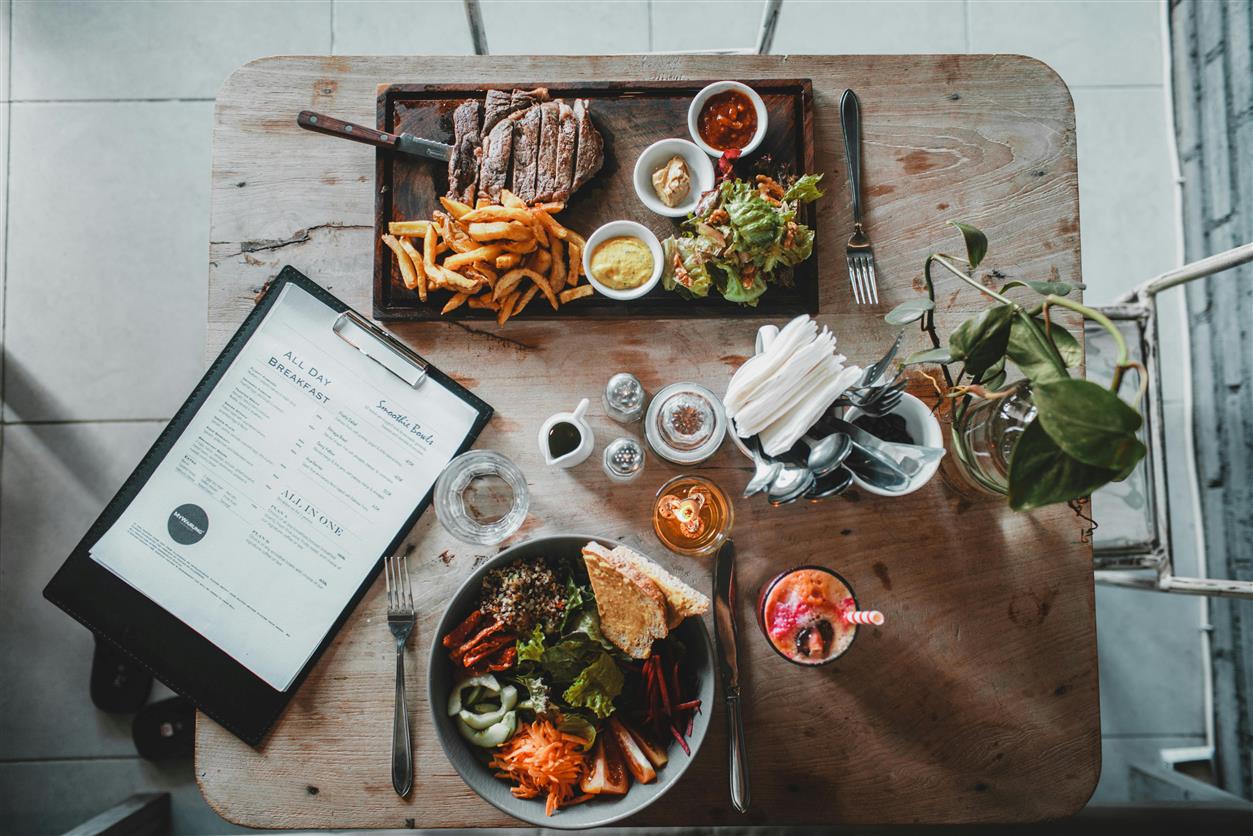
Eating healthily is often perceived as expensive and out of reach for those on a tight budget. However, with the right strategies, it’s entirely possible to maintain a nutritious diet without breaking the bank. This comprehensive guide will provide practical tips and tricks to help you eat healthily while staying within your financial limits. We’ll explore budget-friendly foods, meal planning, cooking tips, and shopping strategies to make healthy eating both affordable and enjoyable.
Understanding the Basics of Healthy Eating
The Importance of a Balanced Diet
A balanced diet includes a variety of foods that provide essential nutrients:
- Proteins: Essential for muscle growth and repair. Examples include lean meats, beans, and legumes.
- Carbohydrates: Provide energy. Opt for whole grains like brown rice and oats.
- Fats: Necessary for brain function. Choose healthy fats from sources like avocados and nuts.
- Vitamins and Minerals: Crucial for overall health. Include plenty of fruits and vegetables in your diet.
Understanding these basics helps in making informed choices when planning meals on a budget.
Budget-Friendly Grocery Shopping
Plan Your Meals
Create a Weekly Meal Plan
Planning your meals for the week helps to:
- Avoid Impulse Purchases: Knowing what you need helps you stick to your list.
- Reduce Food Waste: Use ingredients efficiently to minimize waste.
- Save Time and Money: Streamline grocery shopping and meal preparation.
Use Seasonal and Local Produce
Seasonal and local produce is often cheaper and fresher. Tips include:
- Visit Farmers’ Markets: They offer fresh, in-season produce at lower prices.
- Check Local Grocery Store Flyers: Look for sales and discounts on seasonal items.
- Buy in Bulk: Purchase larger quantities of in-season fruits and vegetables, then freeze them for later use.
Utilize Store Discounts and Coupons
Take Advantage of Sales and Discounts
Maximize savings by:
- Shopping Sales: Look for store promotions and discounts on healthy staples.
- Using Loyalty Programs: Join store loyalty programs to access exclusive discounts.
- Comparing Prices: Check prices at different stores or online to find the best deals.
Use Coupons Effectively
Coupons can offer significant savings:
- Collect and Organize Coupons: Gather coupons from newspapers, apps, and websites.
- Match Coupons with Sales: Combine coupons with store sales for extra savings.
- Use Digital Coupons: Many stores offer digital coupons that can be applied directly at checkout.
Buy Generic or Store Brands
Generic or store brands often offer similar quality at a lower price. Consider:
- Comparing Ingredients: Ensure that generic products contain the same ingredients as name brands.
- Reading Labels: Check for nutritional content and quality.
Budget-Friendly Food Choices
Staples for a Healthy Pantry
Certain staples are both nutritious and affordable:
- Beans and Lentils: Excellent sources of protein and fiber. Buy dried beans for even more savings.
- Whole Grains: Brown rice, quinoa, and oats are versatile and budget-friendly.
- Frozen Vegetables: Often cheaper than fresh and have a long shelf life.
- Canned Tomatoes and Fish: Useful for making a variety of healthy dishes.
Affordable Protein Sources
Proteins don’t have to be expensive:
- Eggs: A versatile and affordable protein source.
- Chicken Thighs: Typically cheaper than chicken breasts but still nutritious.
- Canned Tuna and Salmon: Convenient and budget-friendly options.
- Tofu and Tempeh: Affordable plant-based protein sources available in many grocery stores.
Inexpensive Fruits and Vegetables
Look for budget-friendly fruits and vegetables:
- Apples and Bananas: Often inexpensive and have a long shelf life.
- Carrots and Cabbage: Affordable and versatile vegetables.
- Frozen Berries: Often cheaper than fresh and can be used in smoothies, baking, or as a topping.
Meal Planning and Preparation
Batch Cooking and Freezing
Batch cooking and freezing can save both time and money:
- Prepare Large Quantities: Cook meals in bulk and portion them out for the week.
- Use Freezer Bags or Containers: Store individual servings in the freezer for easy access.
- Label and Date: Ensure you know what’s in your freezer and when it was prepared.
Make Your Own Convenience Foods
Homemade versions of convenience foods are often healthier and cheaper:
- Granola Bars: Make your own with oats, honey, and nuts.
- Soups and Stews: Prepare large batches and freeze portions for later use.
- Bread and Baked Goods: Baking at home can be more economical than buying pre-packaged items.
Cook Simple and Versatile Meals
Prepare meals that are both simple and versatile:
- Stir-Fries: Use a variety of vegetables and proteins for quick and nutritious meals.
- Casseroles: Combine grains, vegetables, and proteins into one dish.
- Salads: Use a base of greens and add various toppings like beans, grains, and vegetables.
Eating Out on a Budget
Healthy Fast Food Options
If you need to eat out, choose healthier options:
- Grilled Over Fried: Opt for grilled items instead of fried.
- Salads and Vegetables: Choose dishes with plenty of vegetables.
- Water Instead of Soda: Save money and calories by drinking water.
Affordable Restaurant Strategies
Save money while dining out by:
- Checking for Specials: Look for daily specials or promotions.
- Sharing Portions: Share large portions with friends or family.
- Using Restaurant Coupons: Look for coupons or discounts before you go.
Staying Motivated and Accountable
Set Realistic Goals
Set achievable goals for healthy eating:
- Start Small: Make gradual changes to your diet to build lasting habits.
- Track Progress: Keep a journal of your meals and spending to monitor progress.
Find Support
Support from others can help you stay on track:
- Join a Community: Participate in online forums or local groups focused on healthy eating.
- Seek Professional Advice: Consult a nutritionist or dietitian for personalized guidance.
Celebrate Success
Acknowledge and celebrate your achievements:
- Reward Yourself: Treat yourself to non-food rewards when you reach milestones.
- Reflect on Progress: Regularly assess how far you’ve come and adjust your goals as needed.

Eating healthily on a budget is entirely possible with the right strategies. By planning meals, shopping smartly, choosing budget-friendly foods, and preparing meals efficiently, you can maintain a nutritious diet without overspending. Remember to set realistic goals, find support, and stay motivated throughout your journey. With these tips and tricks, you can enjoy the benefits of healthy eating while keeping your finances in check. Embrace these strategies and enjoy the balance of good health and financial well-being.











